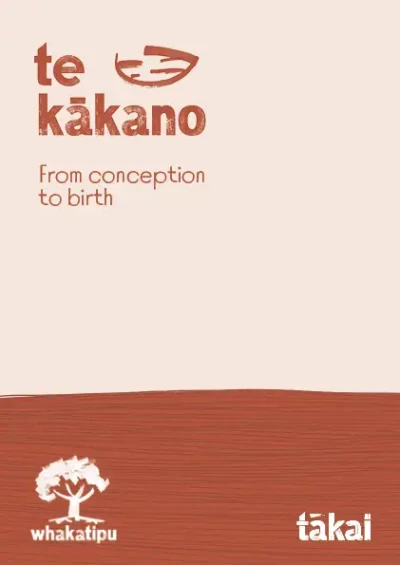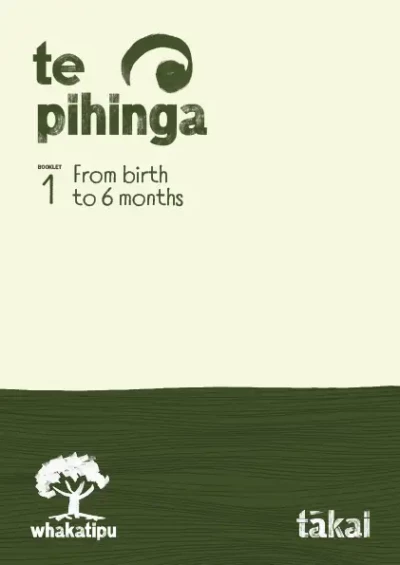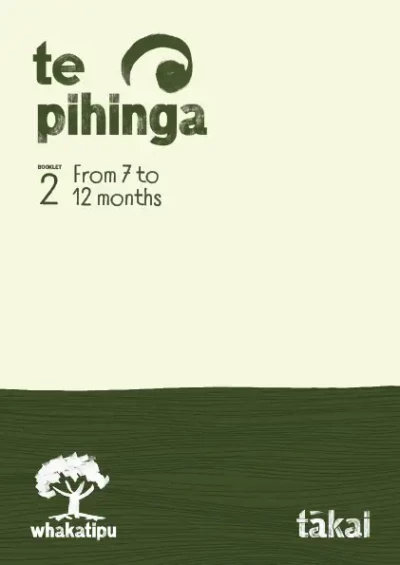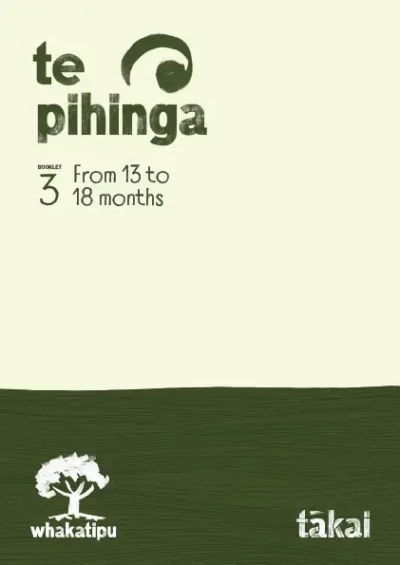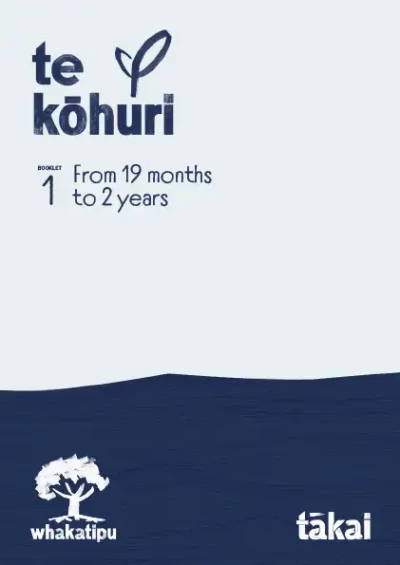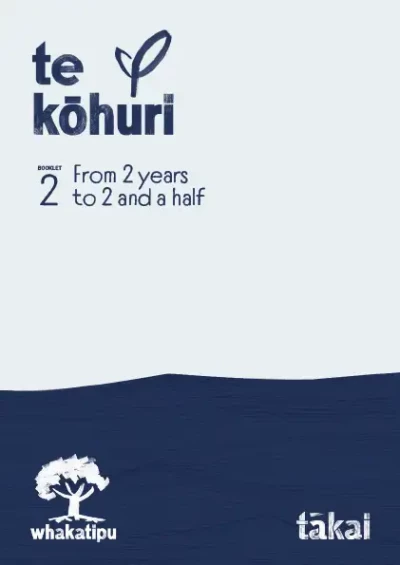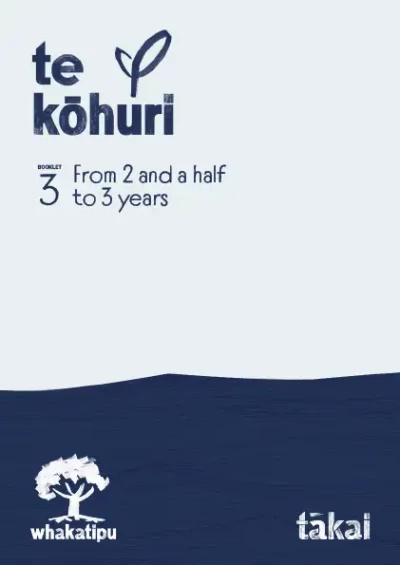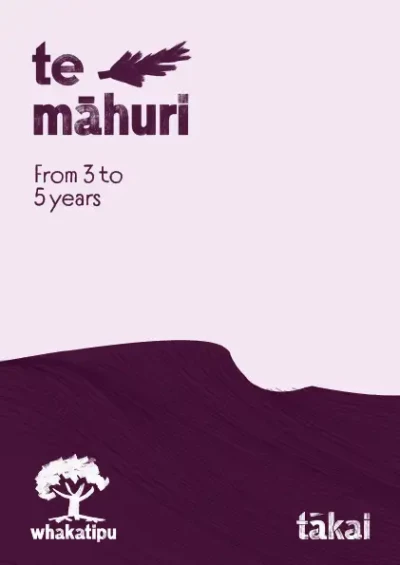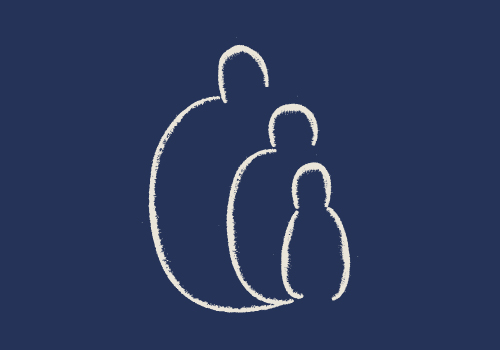
Introduction to the Whakatipu series
The Whakatipu series of 8 booklets covers the stages of children’s development through pregnancy to 5 years old. It weaves together mātauranga Māori, child development information, ideas for activities, waiata and pakiwaitara.
Whakatipu is a kaupapa that encourages strong whānau connections which nurture and develop tamariki. Full of humour and heart, it reinforces how tamariki and whānau can learn together through play at every age and stage.
Watch this video to hear how Raewyn from Te Puawaitanga ki Ōtautahi Trust uses the Whakatipu booklets with the whānau she supports, as well as with her own mokopuna.
How Raewyn uses Whakatipu with whānau and mokopuna (transcript)
[Text on screen: Raewyn Pasene - Nena of Mona-Rae. Whānau Āwhina, Te Puawaitanga Ki Ōtautahi Trust]
Raewyn:
I love that they're bilingual, so for those that are te reo speaking parents, they've got additional information to share and those that are learning really love looking at the new words that they can use with their kids.
I take them in with whānau and go over them, like trying to address things that they've brought up that are of interest for them at the time, and I also leave the books because the books are a gift too, but a lot of them prefer to go through the book and then revisit it possibly with, their partners or on their own at some stage.
I love using things that they have in the home, like for her age she can use a milk bottle for the posting and pegs, so you don't always have to get expensive toys. You can use rauemi that they have within the home, which is cool, going outdoors, doing those sort of activities with them.
Booklets in the series
There are 4 stages and 8 booklets in the series. The stages use the model of growing plants – going from a seed, to a seedling, to a sapling and then a young tree.
-
Te Kākano – Conception to birth
-

Te Pihinga 1 – Birth to 6 months
-

Te Pihinga 2 – 7 to 12 months
-

Te Pihinga 3 – 13 to 18 months
-

Te Kōhuri 1 – 19 months to 2 years
-

Te Kōhuri 2 – 2 years to 2 and a half
-

Te Kōhuri 3 – 2 and a half to 3 years
-

Te Māhuri – 3 to 5 years
You can place an order for some or all of the Whakatipu booklets any time.
What’s in the booklets
What’s happening
‘What’s happening’ sections describe a period of time in the development of pēpi and tamaiti. Each section starts with a whakataukī , followed by ‘Pēpi says’ or ‘Tamaiti says’, and ‘Whānau say’ pages.
These pages tell us the main things that might be happening for pēpi, tamaiti and whānau during this time. They often highlight all the wonderful things going on inside the brain as pēpi grows.
Kaitiaki pēpi
The ‘Kaitiaki pēpi’ sections introduce simple tikanga Māori ideas and practices that whānau might like to know more about or think about for themselves.
Whānau do not need to take up the ideas and practices at the age and stage they are introduced. They can do that at any time that suits them and their pēpi.
Ngā tohu whānau
‘Ngā tohu whānau’ are also known as the 6 principles. Each booklet has age appropriate ideas for how whānau can encourage the health and wellbeing of their pēpi, tamaiti and whānau. You could also use these sections as a way of summarising what the booklet describes in other ways.
Other pages
The booklets also have lots of other information and interesting activities.
- ‘Ngā taonga tākaro’ – simple play ideas for pēpi and whānau to enjoy, learn and strengthen their relationship with each other.
- ‘Waiata kohungahunga’ and pakiwaitara .
- Useful tips and reminders for whānau relevant to the age and stage.
- ‘Tōku reo, tōku ohooho’ – a page to record special things about pēpi that you’d like to remember and share with them when they’re older.
Using the booklets
Whakatipu booklets provide a whānau-friendly resource for whānau supporters to have conversations about almost every parenting and child development topic in the early years.
Suggest to whānau that you look at a booklet together. Start with the ‘What’s happening’ section that matches the age their pēpi is now. Here are some example questions you might use when exploring the booklets and talking with whānau.
